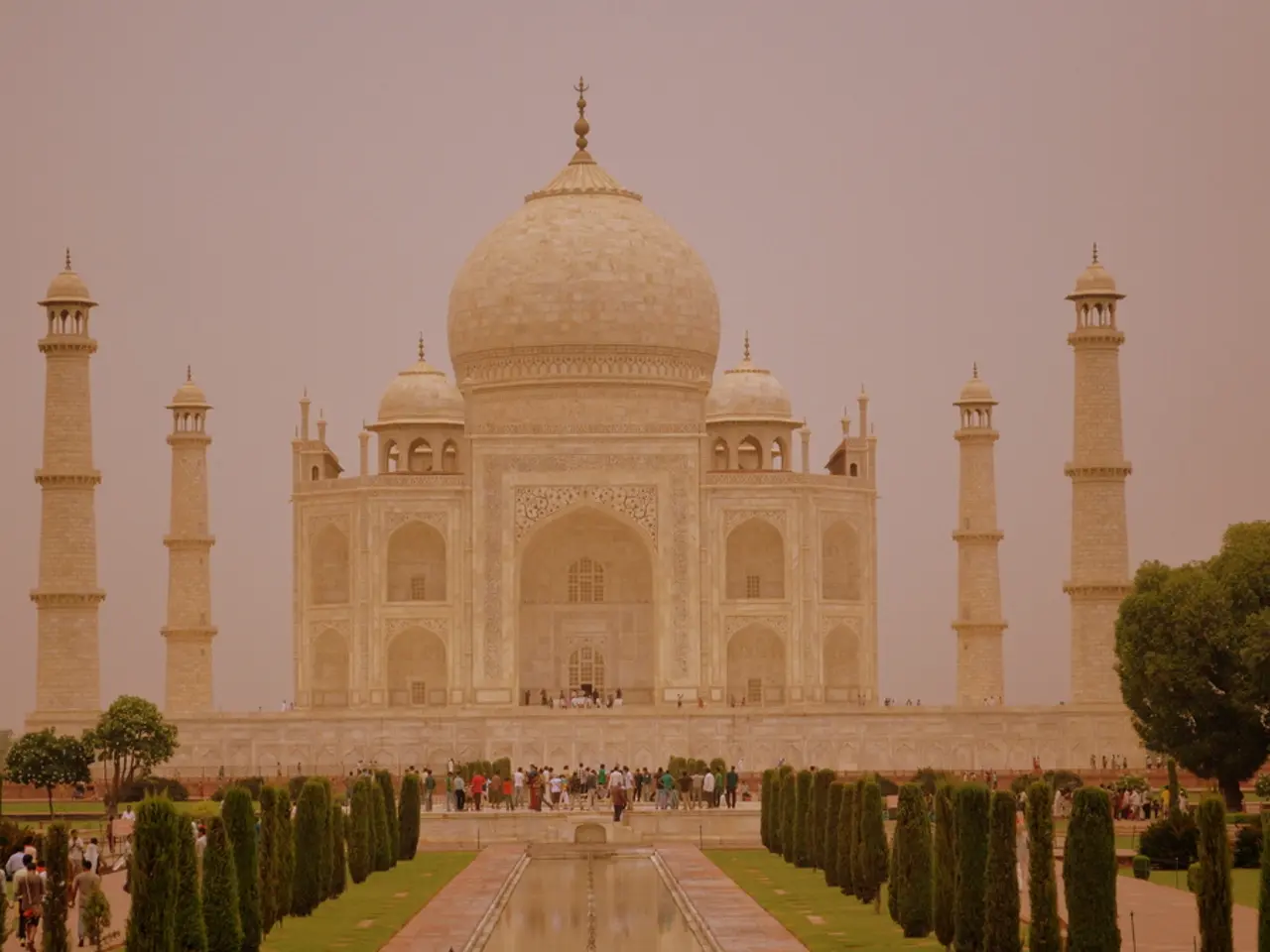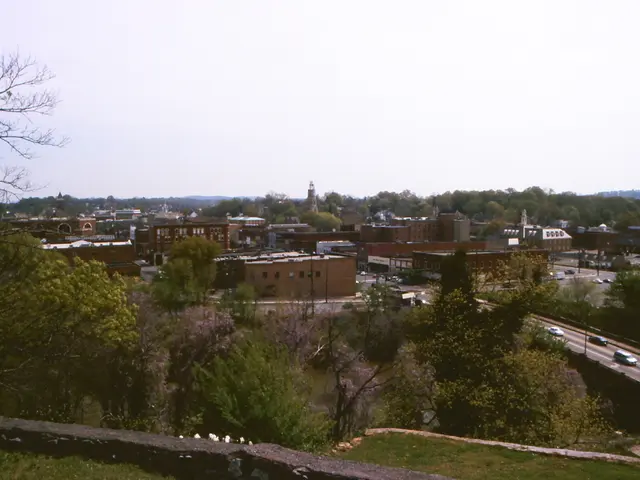Devotion's Twin Peaks: An Examination of Mangi-Tungi in Maharashtra
Nestled in the heart of the Satana taluka region of Nashik district, Mangi-Tungi stands as a significant Jain pilgrimage site, offering a unique blend of spirituality, history, and natural beauty.
Mangi-Tungi, a renowned destination for devotees across India, features twin peaks - Mangi and Tungi hills - adorned with ancient Jain caves and home to the world's tallest monolithic Jain statue, the Statue of Ahimsa. Carved out of a single rock, this 108-foot monolithic statue of Lord Rishabhanatha (Adinath), the first Jain Tirthankara, holds the Guinness World Record for the tallest Jain idol in the world.
The site is a testament to the rich history of the region, with inscriptions dating back to the 8th and 9th centuries CE and idols believed to be over a thousand years old. The Jain caves carved into both hills contain small shrines known as gumbajis that accommodate sculptures of Jain Tirthankaras, yakshas, and yakshis.
Beyond Mangi-Tungi, visitors can explore nearby attractions that add depth to their journey. The Kanchanpur Fort offers a glimpse into regional history and architecture, while Mulher Fort offers scenic views and historical significance. The Deo Caves, ancient rock-cut caves in the vicinity, add an archaeological interest to the trip.
These nearby hills, forts, and caves make for a combined experience of spirituality, history, and nature in the Nashik region. The best time to visit Mangi-Tungi is during the winter months from November to February, when the moderate climate enhances the outdoor experience.
Visitors are expected to adhere to the ethics of the space and follow non-violent principles, avoiding leather products or meat-based food within the premises. The site is managed by the Mangi-Tungi Tirtha Kshetra Committee and offers several dharmashalas, bhojanalayas, and water facilities.
Mangi-Tungi is easily accessible via state highways, with Satana being the closest major town, about 30 kilometres away. The hills are accessible via a stone staircase of over 4,000 steps and are near the village of Tahrabad. The site stands about 125 kilometres from Nashik city and is composed of two adjacent hills, rising over 1,300 metres above sea level.
The annual Mangi-Tungi Mahotsav attracts thousands of visitors, making it a vibrant and lively event for those seeking a deeper connection with their faith. The site is also historically associated with legends of Rama, Sita, and Hanuman, though Jain interpretations dominate current perception of the site.
The Archaeological Survey of India (ASI) and local Jain committees jointly oversee the preservation and care of heritage structures at Mangi-Tungi, ensuring that this spiritual and historical treasure continues to inspire and captivate visitors for generations to come.
Read also:
- Inequalities in colorectal cancer among racial groups: Insights and actions for support
- Liver Cancer Treatment Method: Insights into Function, Potential Sidelines, Efficiency
- Medical professionals at St. Remigius Hospital's rear facilities in Alexian
- Boron's Impact on Bone Health and its Connection with Bey (Title omitted)








